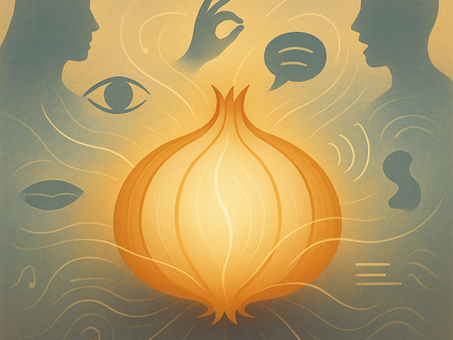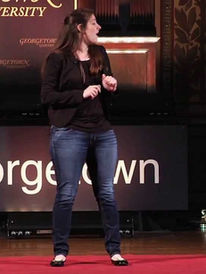

Resources:
Deaf 101
Welcome to Deaf 101! Are you curious about the Deaf and Hard-of-Hearing communities and eager to understand their experiences and culture?
This introduction to Deaf culture will help you appreciate our unique community. I'll share insights from my personal experiences as a Deaf person, combined with research, to give you a comprehensive view. Together, we'll explore our rich history, language, values, norms, and challenges.
You'll gain deeper insights into our diverse world and learn to recognize common misconceptions about deafness. Understanding these myths is your first step toward becoming part of the Deaf and Hard-of-Hearing community.
The History of ASL
Interested in ASL history? American Sign Language emerged in the early 1800s, blending French Sign Language with signs already used by deaf Americans. The ASL resource provides a more comprehensive history. If you're looking to learn ASL, instructors are available online and at community colleges who can help you connect with the Deaf community.

Sign for Connection
Approximately 90% of deaf individuals are born to hearing parents, while only about 10% are born into deaf families. This disparity often presents unique challenges for deaf children raised in hearing households. These children may experience feelings of isolation and a lack of full communication access. Some hearing parents, unfortunately, may be reluctant to learn American Sign Language (ASL), mistakenly believing that lip reading or other oral methods are preferable. This can result in significant language deprivation for the child, impacting their cognitive, social, and emotional development. Furthermore, parents may feel overwhelmed by the abundance of information and often conflicting advice regarding the optimal approach to raising a deaf or hard-of-hearing child.
Learning ASL offers parents a powerful tool to foster a deeper connection with their deaf or hard-of-hearing child. Beyond strengthening familial bonds, early exposure to ASL has been shown to positively impact the development of crucial literacy skills, laying a strong foundation for future academic success.

Myths, Misconception and Stereotype
Many people misunderstand Deaf people and ASL simply because they've had limited exposure to Deaf individuals or haven't learned about Deaf culture.
These misunderstandings make it harder to communicate and show respect. Learning the facts helps people better understand and value the diverse Deaf community.

Deaf Can Do ANYTHING But Hear
-I. King Jordon
Deaf Awareness Month in September is crucial for promoting understanding and inclusion of the Deaf community. It serves multiple important purposes: raising visibility about the communication needs of Deaf and Hard-of-Hearing individuals, celebrating Deaf culture, and challenging societal misconceptions.
Promoting accessibility and understanding, with approximately 13% of the U.S. population being deaf or hearing impaired, this awareness month plays a critical role in building a more inclusive society by helping people understand the rich culture, unique communication methods, and challenges faced by the Deaf community.
from Chuck's Challenge Corner blog
Well-known People in the Deaf/Hard of Hearing Community













































